Could Croatian Real Estate Records Project Increase Utility Fee Revenue?
December the 9th, 2021 - The Croatian Real Estate Records project could bring in a steady increase in earmarked revenues from utility fees by as much as 20 to 50 percent. Multiple places across Croatia have already begun implementing such databases.
As Novac/Barbara Ban writes, the advanced technological solution within the Croatian Real Estate Records project (ENA) could see some considerable cash flow in, and creating an accurate database of real data has been implemented in twenty municipalities and cities across the country already. Prehnit has its signature on the ENA methodology and says that they are among the leading Croatian companies in the field of expert consulting in the planning and implementation of geographic information systems (GIS) and the development of IT business solutions and software applications.
As they explained, the Croatian Real Estate Records project is a project of establishing GIS real estate/property records in order to increase revenues from the collection of utility fees based on aerial surveys and field work. By implementing this project, the actual condition of the areas and the purpose of the facilities is determined, and a fair and transparent collection of utility fees can be achieved. The result of joint work with various cities and municipalities is done digitally and is relatively easily maintained in the form of structured real estate records, which is why more and more local government units across Croatia are asking for help from Prehnit in conducting their own spatial analyses, they point out.
''The completion of the Croatian Real Estate Records project is expected to increase revenues from utility fees for housing and garage space by 20 to 50 percent, which shows the extent to which innovative technological tools, IT solutions and geographic information systems can contribute to much better asset management. As such, we provide insight into the real situation with the help of digital and interactive maps, and we're primarily focused on local government units and private companies which are seeking to effectively manage their portfolios,'' they stated from Prehnit.
The preparation of real estate records for the Municipality of Zminj is one of Prehnit's most significant ENA projects to date. The main goal was to improve the collection of utility fees at the level of local self-government and offer a proper insight into the real situation through digitised data, and ultimately the Municipality of Zminj achieved an increase in recorded living space and garage space of 50 percent throughout the entire municipality.
"By implementing the Croatian Real Estate Records project, we gained insight into up-to-date data for quality digital asset management. Based on the conducted measurements and insights into the actual state of the data, we've qualitatively considered all aspects and obtained a quality basis for making a decision to calculate the collection of utility fees.
The increase in registered space within the project resulted in an increase in earmarked revenues from utility fees for housing and garages of as much as 60 percent, and the value of the entire project was paid off within months of a permanent increase in revenues from utility fees,'' said Zeljko Plavcic of the Municipality of Zminj.
Prehnit was founded back in 2009, and in the last few years it has developed into a respectable GIS and IT company that provides support services in digital business transformation through IT solutions based on data science, taking into account the geographical component of that data. It advises clients on how they can create the architecture of the entire system including business processes, data collection, processing and the analysis and automation of business processes through specific IT solutions tailored to user needs through the visualisation of spatial data using an interactive smart digital map.
For more, check out our dedicated business section.
Nelt Group Enters EU Market, Begins Working in Croatia and Slovenia
December the 9th, 2021 - The Nelt Group, while perhaps not so much heard of here in Croatia, is one of the most successful business systems in neighbouring Serbia and indeed in Croatia's more immediate region, with amazing revenue earned in 2021.
As Novac/Jozo Vrdoljak writes, the consolidated revenue of the Nelt Group, one of the most successful business systems in all of Serbia and the region, exceeded one billion euros in 2021. The Nelt Group currently operates on two continents and employs over 4,000 workers, as was announced at the traditional annual gathering of company leaders with media representatives.
On that occasion, the results achieved in the past were presented and plans for the next year were announced. Special attention was drawn to the announcement of the Nelt Group's operations here in Croatia and in neighbouring Slovenia, through the establishment of the brand new Nelt Europe.
"Entering the European Union (EU) market for Nelt is a natural process of development. Nelt Europe will be the starting point in expanding the network of Nelt companies across Europe. Milena Vusak took over the development of our Croatian business in Slovenia, and she is a professional manager with extensive experience in the FMCG industry.
''Milena Vusak has taken over the development of our business for Croatia and Slovenia with ambitious plans for the development and distribution of Nelt brands in these markets,'' said Milos Jelic, the CEO of Nelt Group, adding that ''despite the fact that the past year was extremely demanding, the Nelt Group managed to fully adapt its business to the odd global situation and maintain its supply chain without interruption across all of its markets. Sustainable growth and employment have continued, as well as continuous investments in infrastructure, which amounted to over seven million euros this year alone.''
Thanks to an investment of two million euros, the Nelt Group has increased the capacity of its Intermodal Railway Terminal in Dobanovci, which, as the Nelt Group leaders pointed out, has confirmed the status of a logistics hub in the Western Balkans with its excellent location, efficient business and technological innovations.
A significant step forward and an accelerated digitalisation process has been announced from the Nelt Group, and in partnership with leading global companies in the field of technology and advanced analytics, such as Microsoft, SAS and ADD, work continued on creating a digital ecosystem in business operations, to strengthen data exchange, planning and partnership with principals, customers, clients and suppliers.
Regarding the company's development strategy and its long-term business sustainability, the leaders of the Nelt Group point out that it is based on investments planned for 2022 in the amount of 19 million euros, further development of Nelt's brands and entering new markets in the European Union.
For more, check out our dedicated business section.
Croatian Seismologist Tomislav Fiket Talks Earthquakes and Croatia
December the 9th, 2021 - Croatian seismologist Tomislav Fiket has stepped out to discuss all things earthquake in relation to Croatia following the devastating natural disasters which struck Zagreb back in March 2020 and Central Croatia at the very end of December.
As Poslovni Dnevnik writes, over the past year and a half, earthquakes in Croatia's general area have become almost commonplace. Zagreb, Petrinja, the Adriatic, the hinterland of Sibenik, Split, down south in Dubrovnik... Is this really a time of more seismic activity or are we just a little more sensitised to this news now following what we experienced in 2020?
''The situation in the Petrinja area is calming down a bit now, which is good news for everyone who lives there, because I'm sure they're already tired of quakes and tremors. We hope that this is coming to an end, that it will stop soon. The fact that the earthquakes in that area are getting weaker doesn't mean that there may not be a stronger earthquake, there is and can be no such regularity. This is shown through this time. It's all normal for some earthquakes stronger than three according to the Richter scale to appear here and there,'' warned Croatian seismologist Tomislav Fiket, who was a recent guest on the show "Good morning, Croatia/Dobro jutro, Hrvatska".
Here in the Republic of Croatia, devastating earthquakes occur on average every 45 years, but that does not mean that they will happen now and then again only in 45 years.
''It can happen that they all occur over a period of just a couple of days, and then they don't happen again for as long as 100 or 200 years. Those 45 years could turn into every 100 years. He mentioned the Pokupje earthquake which occurred way back in 1909, and shortly afterwards, in 1916, the Vinodol earthquake struck.
''It can and has happened throughout history. We were lucky that the last strong earthquake (other than those of 2020) occurred back in 1996 in Ston. It is impossible to predict when an earthquake will occur. The most seismically active area in the world, as far as earthquakes are concerned, is known as the Pacific Ring of Fire.
''This is the area where these large tectonic plates collide, there is a lot of seismic activity. Japan is the best example of this, earthquakes happen there that are much stronger than these which occur in this country, we're very lucky as far as that's concerned, but they're also much better prepared for such events than we are,'' concluded Croatian seismologist Tomislav Fiket for the aforementioned show.
For more, check out our dedicated lifestyle section.
Bernard Kaic: Vaccination of Children Between 5-11 to Begin Very Soon
December the 9th, 2021 - Epidemiologist Bernard Kaic was a recent guest on H1 TV, on which he discussed the vaccination of children aged between five and eleven against the novel coronavirus, which is set to begin in Croatia shortly. He also discussed the first recently confirmed vaccine-related fatality in the country, which was confirmed recently.
As Poslovni Dnevnik writes, Bernard Kaic said that when the initial report of a suspicion of a vaccine side effect came to their attention, they first went through all of the medical documentation carefully.
''We looked at what and how much is known about what that vaccine can or cannot cause, given that back in the beginning it was not known for sure but there was a signal that it could cause the effect which the individual suffered. It was only after a month or two that it was confirmed that this extremely rare side effect is indeed possible. Additional laboratory tests were then needed to confirm the diagnosis, then additional clinical data was required, and then we discussed it in the working group and concluded that this was probably, almost certainly in fact, related to the vaccine. HALMED was still seeking external expertise, so it took time. We concluded it at the expert group much earlier, but HALMED wanted another external confirmation before it went public with the information,'' explained Bernard Kaic.
We have no official reports of thrombosis with thrombocytopenia
"Statistically, we should have a few more such cases. The incidence of thrombosis with thrombocytopenia is one in 100,000 vaccinated individuals, and we've been vaccinated with over 500,000 doses of AstraZeneca and it is possible that there are others that we missed, but we have no official reports of thrombosis with thrombocytopenia. We have reports of thrombosis, that people have had various coagulation disorders, we also have some reports of bleeding, the propensity to bleed after vaccination, bruising that people have, but these patients haven't been thoroughly treated to see if thrombosis with thrombocytopenia is the case because it's a separate, new entity and we don't have any official reports,'' Bernard Kaic said in answer to the question of whether it's possible that we do indeed have more similar cases undetected across Croatia.
The use of the AstraZeneca vaccine will continue just as it did before
"Given that this isn't surprising and that it's expected, and with this risk of one in 100,000 vaccinated people, it's believed that the benefits of vaccination in this situation are much greater than the possible side effects of the vaccine because 100,000 vaccinated people prevent many more hospitalisations, severe forms of illness and death, than the risk that, unfortunately, someone will die from a side effect. Nothing changes regarding the recommendations for the use of AstraZeneca. In June, when the incidence fell, we estimated that at that time, vaccination with AstraZeneca wasn't recommended for those under 50 years of age because they have a higher risk than the elderly do, and the risk of coronavirus complications for that group is lower than in the case of older people. Now, in the fourth wave, the benefits of AstraZeneca outweigh the risks in all age groups, but if the decline in the number of overall patients continues, it will be time to return the recommendation from June,'' said Bernard Kaic.
He also commented on the vaccination of children aged five to eleven, which will begin in Croatia soon
“It will be able to start next week, we're just waiting for the vaccine to arrive. The European and American agencies have given approval for the use of children's formulations, also with the opinion that the benefits of vaccination are greater and there is no obstacle for children from five to eleven years of age to be vaccinated. We'll primarily recommend vaccinating children who have chronic diseases or those who have chronically ill persons or immunocompromised persons living in the same household. There are countries that started before us, such as Israel and the United States, and so far there are no safety signals that would indicate a problem in terms of side effects,'' concluded Bernard Kaic.
For all you need to know about coronavirus specific to Croatia, make sure to bookmark our dedicated COVID-19 section and select your preferred language if it isn't English.
Eurowings Zagreb Flights Reduced, Changes from Split Airport
December 9, 2021 - The latest flights news to Croatia as Eurowings Zagreb flights have been reduced, and operational changes have been made from Split Airport.
German low-cost airline Eurowings, a Lufthansa Group member, will temporarily suspend traffic between Zagreb, Düsseldorf, and Stuttgart in January next year. The start of traffic on the new line to Prague has also been postponed, reports Croatian Aviation.
Although this was not expected as the pandemic is far better than in the same period last year, Eurowings is showing less interest than expected in the capital and has temporarily canceled two lines from Germany to Zagreb, while the newly announced line between Prague and Zagreb will not start so soon.
Eurowings currently operates on three lines to Zagreb, from Stuttgart, Düsseldorf and Cologne.
According to current information, only the line between Cologne and Zagreb will remain in traffic throughout the winter flight schedule. Namely, Eurowings currently operates three times a week, five flights a week have been announced for Christmas, and from January 14, a reduction to two flights a week has been announced - on Fridays and Sundays.
The last flight on the line between Zagreb and Düsseldorf, which Eurowings introduced at the end of this summer, took place on November 27, and all flights after that date were canceled. The company will operate only four return flights between December 18 and 28, at the time of peak demand, while other flights in December and January were canceled. According to current announcements, Eurowings should operate on this line again from February 8, 2022.
The Stuttgart - Zagreb - Stuttgart route operates three times a week, by January 9 the number of weekly flights will increase to five, while all other flights have been canceled after that date. The line will be re-established on February 7.
The new line announced by Eurowings this year between Prague and Zagreb has had several operational changes so far. Although the flights were announced for December, this will not happen. The airline canceled all announced operations between the two cities until February 8 next year, after which one flight a week has been announced. Given the numerous delays, it is to be expected that this line will not start operating until at least the beginning of spring.
Eurowings is also present at Split Airport in the winter flight schedule. Eurowings operates on two lines to Split - from Stuttgart and Düsseldorf. There have been operational changes on these lines as well.
The Stuttgart - Split line operates twice a week, on Thursdays and Sundays. Before the holidays, a flight will be added on Tuesdays, and from January 9, the line will be interrupted until mid-February.
The Split - Düsseldorf line operates on Wednesdays and Saturdays, and from January 8, the flight will be canceled on Wednesdays and operations will be suspended on Saturdays until mid-February, when two flights a week should be available again.
For more on flights to Croatia and other travel announcements, make sure to check out our dedicated travel section.
5 Art Markets for Unique Gift Shopping This December
Holiday shoppers in search of unique gifts have plenty to look forward to in December. Looking to shop local this Christmas? Here are five art markets that are taking place in Croatia in the next few weeks
Several art markets will be popping up all over Croatia in the next few weeks, featuring local artists, artisans and other creatives. Have a look at our list, and in case one of these fairs is taking place in your area, go give the talented makers some love!
Christmas artBazaar 2021 (Rijeka)
After a two year break, the Christmas edition of the artBazaar market is back in Rijeka!
artBazaar is an urban market project aiming to promote local brands and artists who create high-quality handmade products. The market typically takes place in Rijeka twice a year, in spring and at Christmas time, and has already had over 20 instalments.
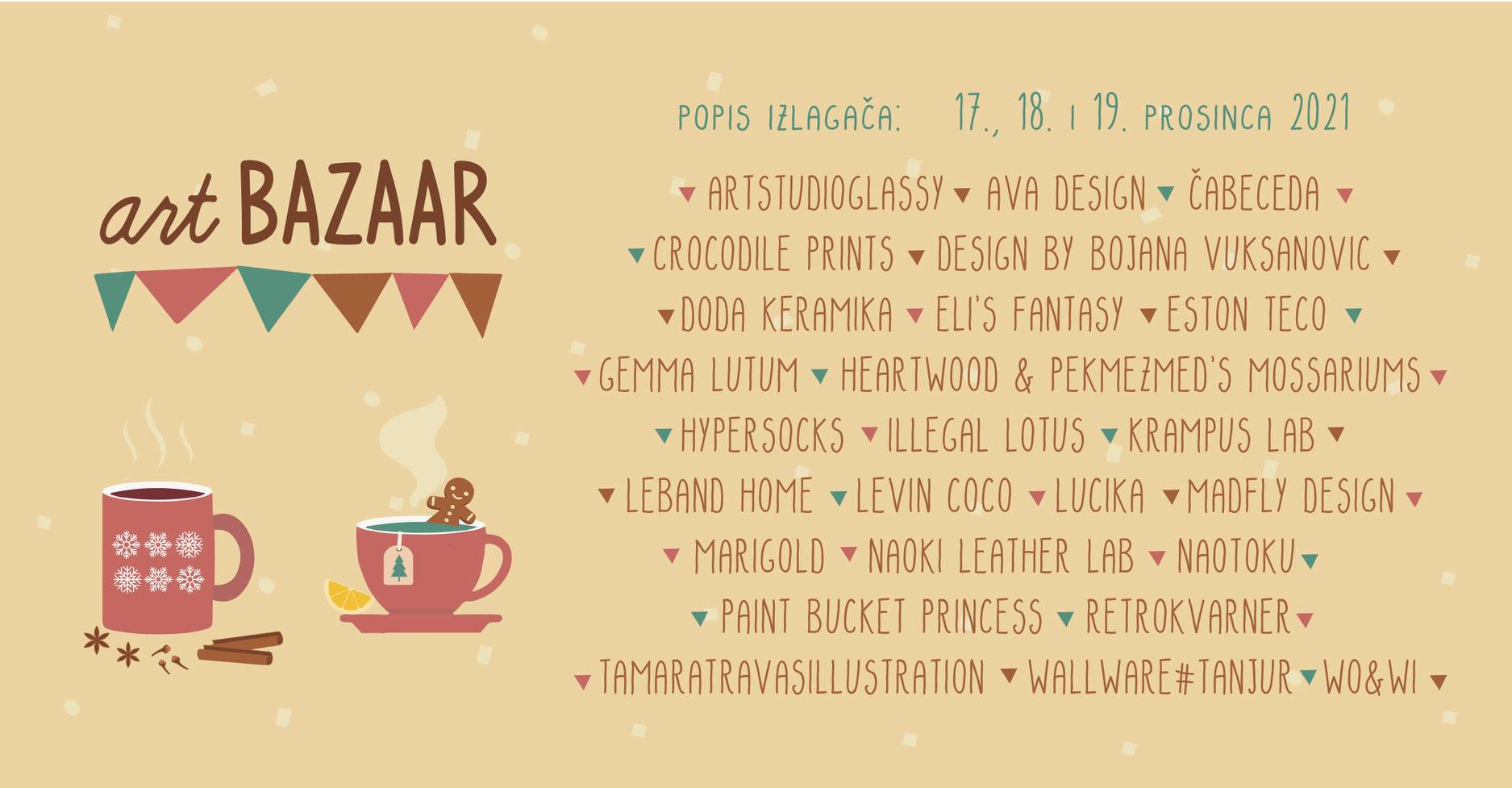
Participating artists
This year, we’ll see 25 artists and brands present their work at the artBazaar market at a unique location: the Children’s House, a wonderful centre built purposely to host events and activities intended for kids. It’s a place beaming with good vibes and creative energy, and as such a perfect location for a craft fair! Of course, visitors of all ages are welcome to the artBazaar which is taking place for three days on the weekend before Christmas.
The event is part of the week-long Winter Story at Benčić programme that will also see music shows, theatre plays, film screenings and other attractive events between December 13th and 19th.
Date: December 17th - 19th
Working hours: 12pm to 8pm
Location: Dječja kuća (Children’s House), Art quarter Benčić
Address: Ul. Nikole Tesle, Rijeka
Click here for the Facebook event.
HUSH HUSH Christmas Market (Zagreb)
The HUSH HUSH art market is back this Christmas, gathering designers and artists who’ll display their new collections and products in the Museum of Contemporary Art in Zagreb.
Stop by the museum this weekend and browse a range of beautiful products that are locally manufactured and largely handmade. The makers will be displaying jewelry, clothes and accessories, home decor, ceramics and even plants! Plenty to choose from and definitely a good place to check off a few presents from your Christmas shopping list.
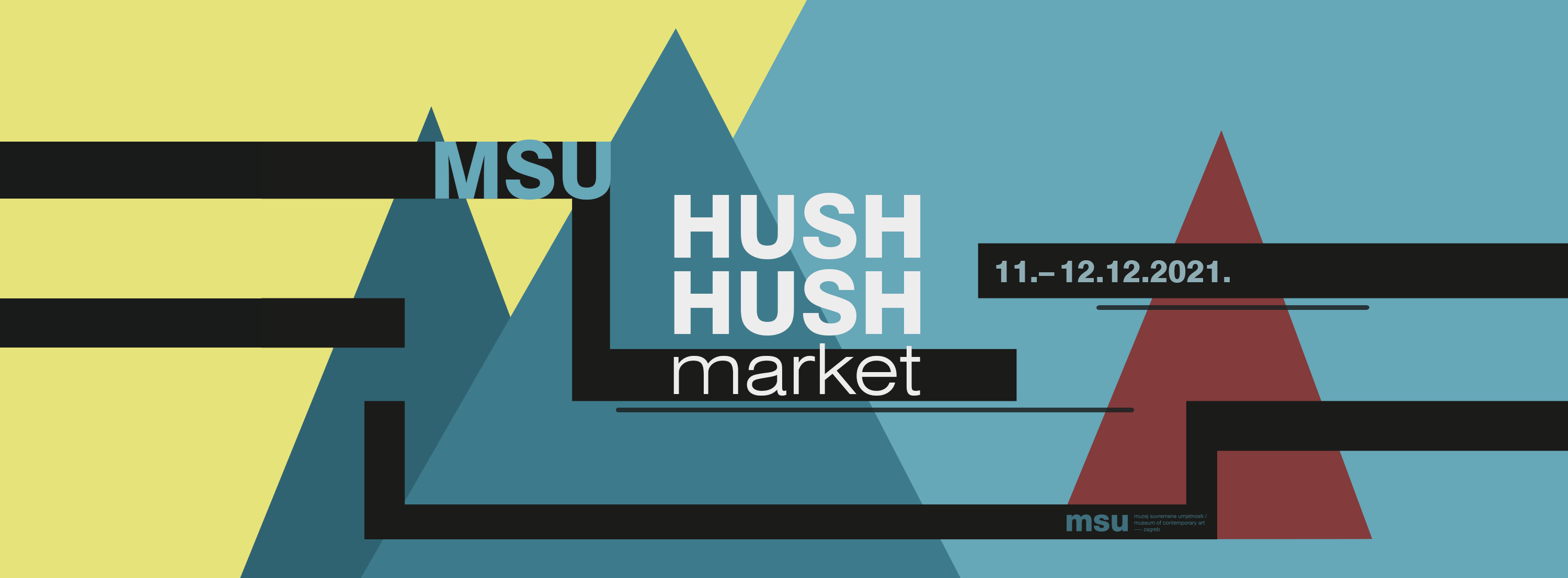
Date: December 11th - 12th
Working hours: 11am to 7 pm
Location: Museum of Contemporary Art Zagreb
Address: Avenija Dubrovnik 17, Zagreb
Click here for the Facebook event.
Creative collective MADE BY: (Zagreb)
The creative collective MADE BY: brings together artists, designers and manufacturers of handmade products. Some artists and brands are featured at their virtual fair (check out the site and the webshop here), but they also have an opportunity to take part in a creative fair which will have its 5th instalment this December.

Forty creatives from Croatia and the region will be showcasing their products at the MADE BY: creative fair. The event will take place the weekend before Christmas at the seat of the Croatian Journalists’ Association, a beautiful landmark in downtown Zagreb.
Date: December 17th - 18th
Working hours: 10am to 8pm
Location: Novinarski dom
Address: Perkovčeva 2, Zagreb
Click here for the Facebook event.
Q’ARTY PARTY by Project Ilica (Zagreb)
Ilica street in Zagreb will be turning into a lively open market on December 19th for the winter edition of the popular Q’ARTY PARTY event.
Apart from numerous creatives who’ll be presenting their unique products, the fair will see students of the Academy of Art in Zagreb displaying and selling their artwork - Cash and Carry is the way to go.
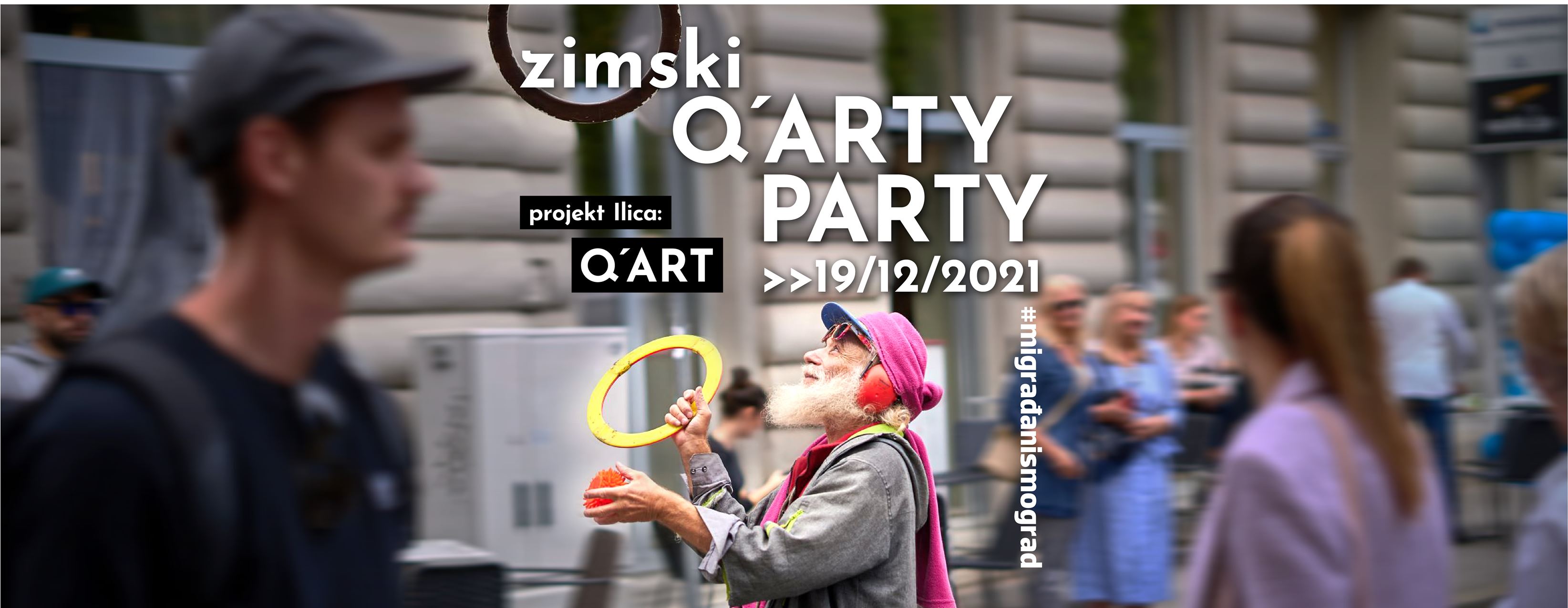
This year’s event will feature a sweet corner with cakes, pastry and sweets for visitors to enjoy in case they find themselves in need of a little pick-me-up.
Project Ilica: Q’Art is a collective public art project bringing together artists and the community and exploring urban culture. It was first conceived in 2000 and named Community Art, and has been taking place in the current form since 2016.
Date: December 19th
Working hours: 10 am to 2:30 pm
Location: outdoors on Ilica street!
ReArt Festival, Winter Edition (Osijek)
We’re heading to eastern Croatia for the last craft fair on our list! The ReArt Festival will feature more than 20 creative brands based in Osijek and the region.
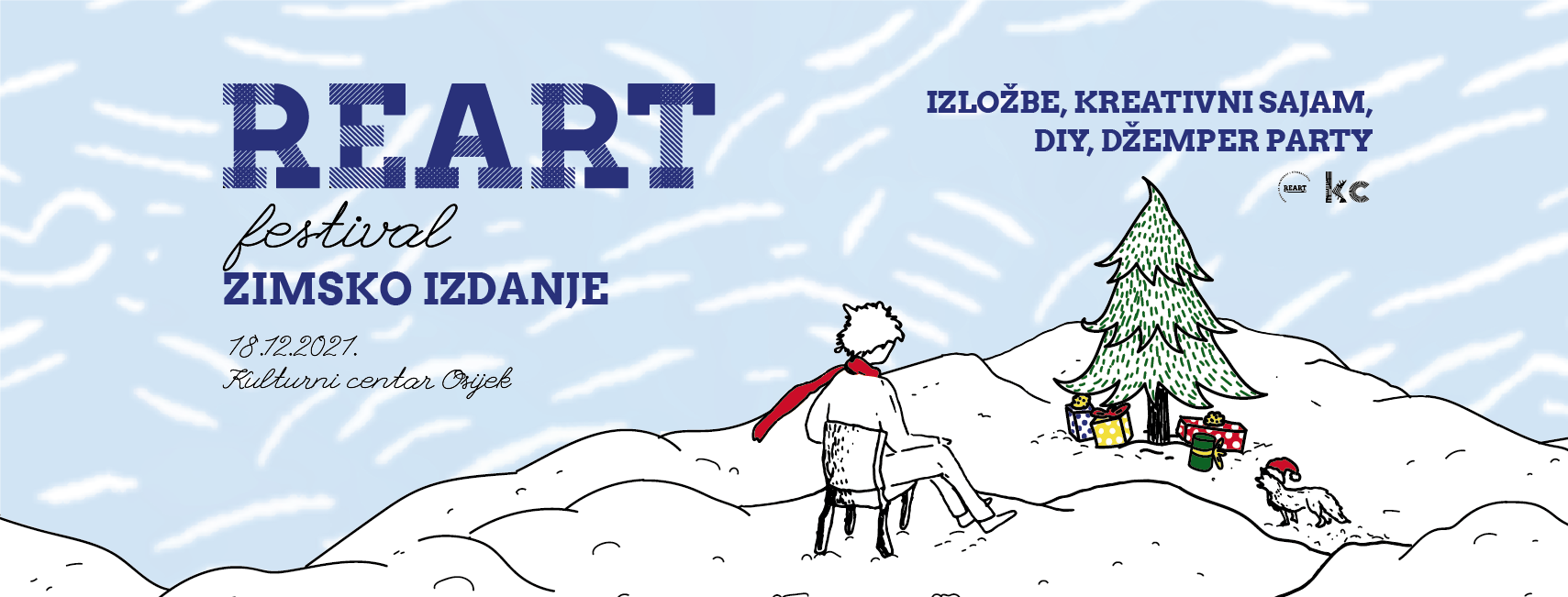
You can browse and buy lovely handmade products and artworks, including visual art, decor and souvenirs, toys, natural cosmetics, clothes and fashion accessories, and much more. Don’t hesitate to stop and chat with the artists - they’re always happy to share their story and tell you more about their work.
ReArt Festival is taking place on December 18th at the Cultural Centre Osijek. Apart from the art market, the event will include several workshops and end with a bang: a Christmas jumper afterparty featuring an exhibition and a live gig of the bands Svemirko and Čuvarkuća.
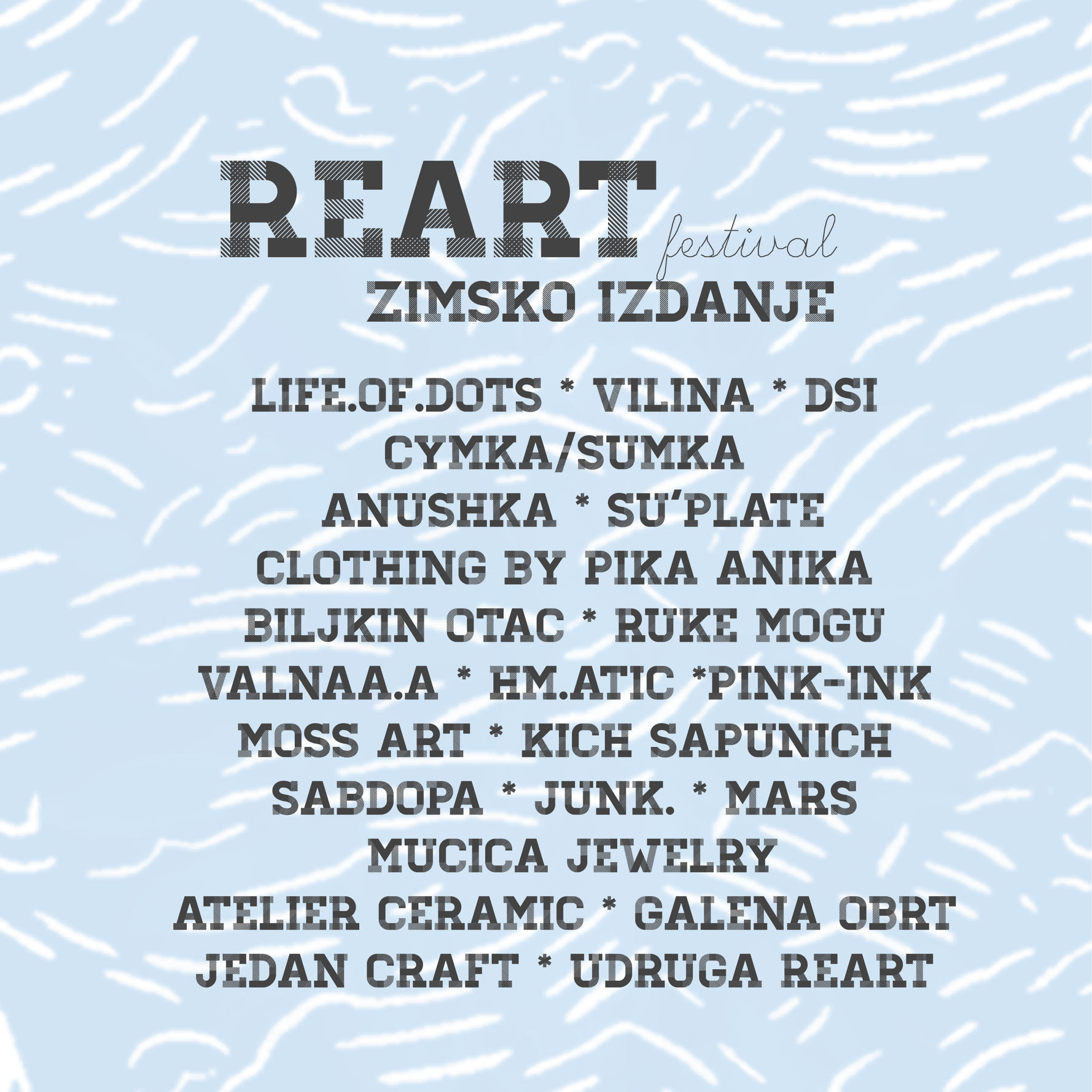 Participating artists
Participating artists
Date: December 18th
Working hours: 9am to 7pm
Location: Kulturni Centar Osijek (Cultural Centre Osijek)
Address: Ulica Kneza Trpimira 2/a, Osijek
Click here for the Facebook event.
A valid digital EU Covid certificate is needed to attend all events on this list.
Azil Dumovec: Where Zagreb Bus Drivers Take Their Injured Owls
December 8, 2021 – When there's an animal emergency in Zagreb, Azil Dumovec are the first to respond. TCN visits the city animal shelter to find out what they do.
Zagreb bus driver Dario Buzjak was making his final run from Velika Gorica back to the city terminal when he noticed something unusual lying in the road. Saturday night had already turned to Sunday morning on this late November evening. Yet, despite the lateness of the hour, the cold and bad weather, Dario postponed clocking off to stop and take a closer look.

As he got nearer, Dario could tell the owl was injured. So, to make sure she wouldn't be run over by another driver, he carefully picked her up. After placing her in the footwell of his bus, he started back on his journey to the station.
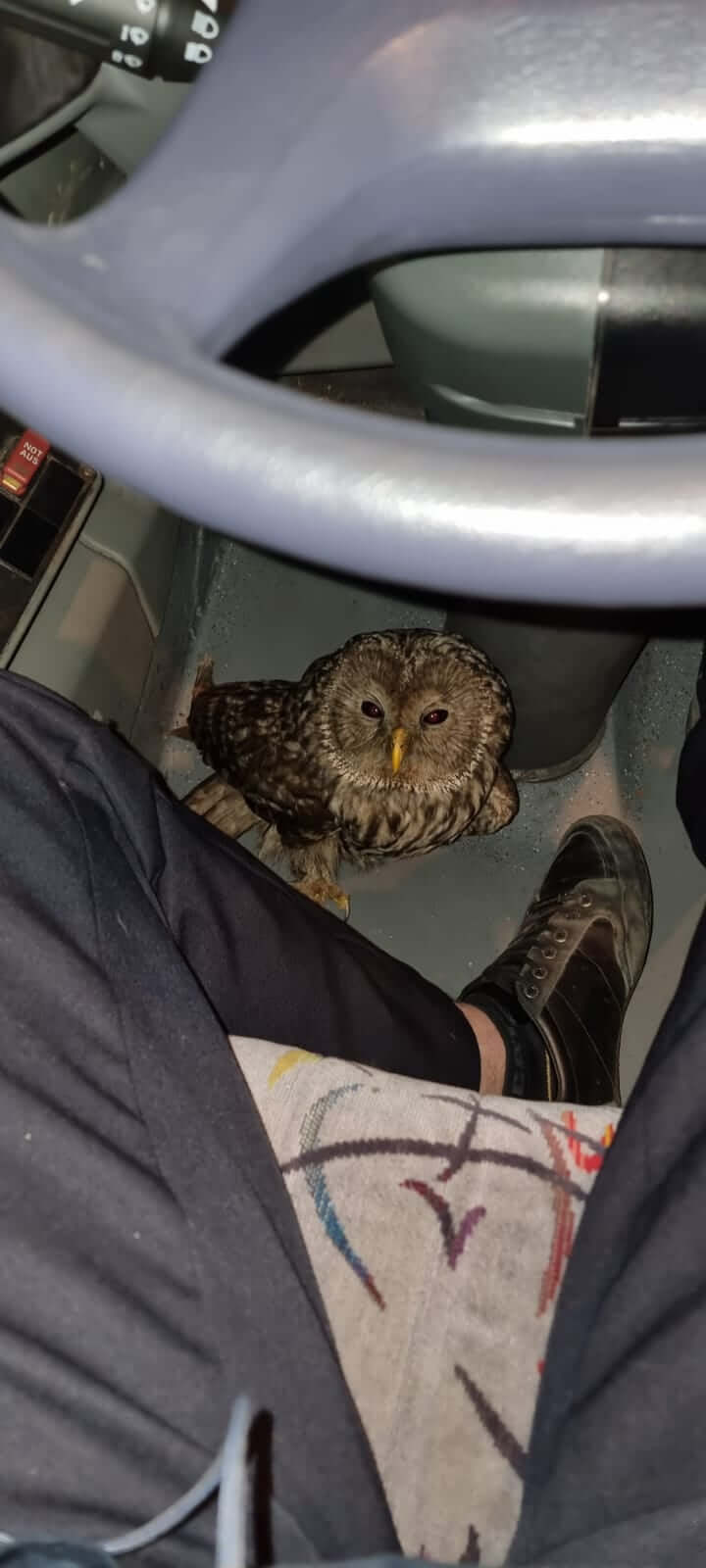
But, what to do next? Just who does a Zagreb bus driver contact when he finds an injured owl in the road?
Luckily, Dario Buzjak knew exactly what to do. He called Azil Dumovec.
“Dario knew about us because he adopted one of our dogs a few years ago,” says Tatjana Zajec, manager of Azil Dumovec. Based on the eastern outskirts of Zagreb, it is Croatia's first and largest municipality-owned animal shelter. “After he made sure it was safe inside the bus, he called us immediately. We took the call here and sent out one of our animal welfare responders.”
If there's an emergency involving an animal in Zagreb, Azil Dumovec is the first point of call. In fact, if someone phones 112 (the general emergency line) about an animal, the operator will make an assessment and, if warranted, transfer the caller to Azil Dumovec.
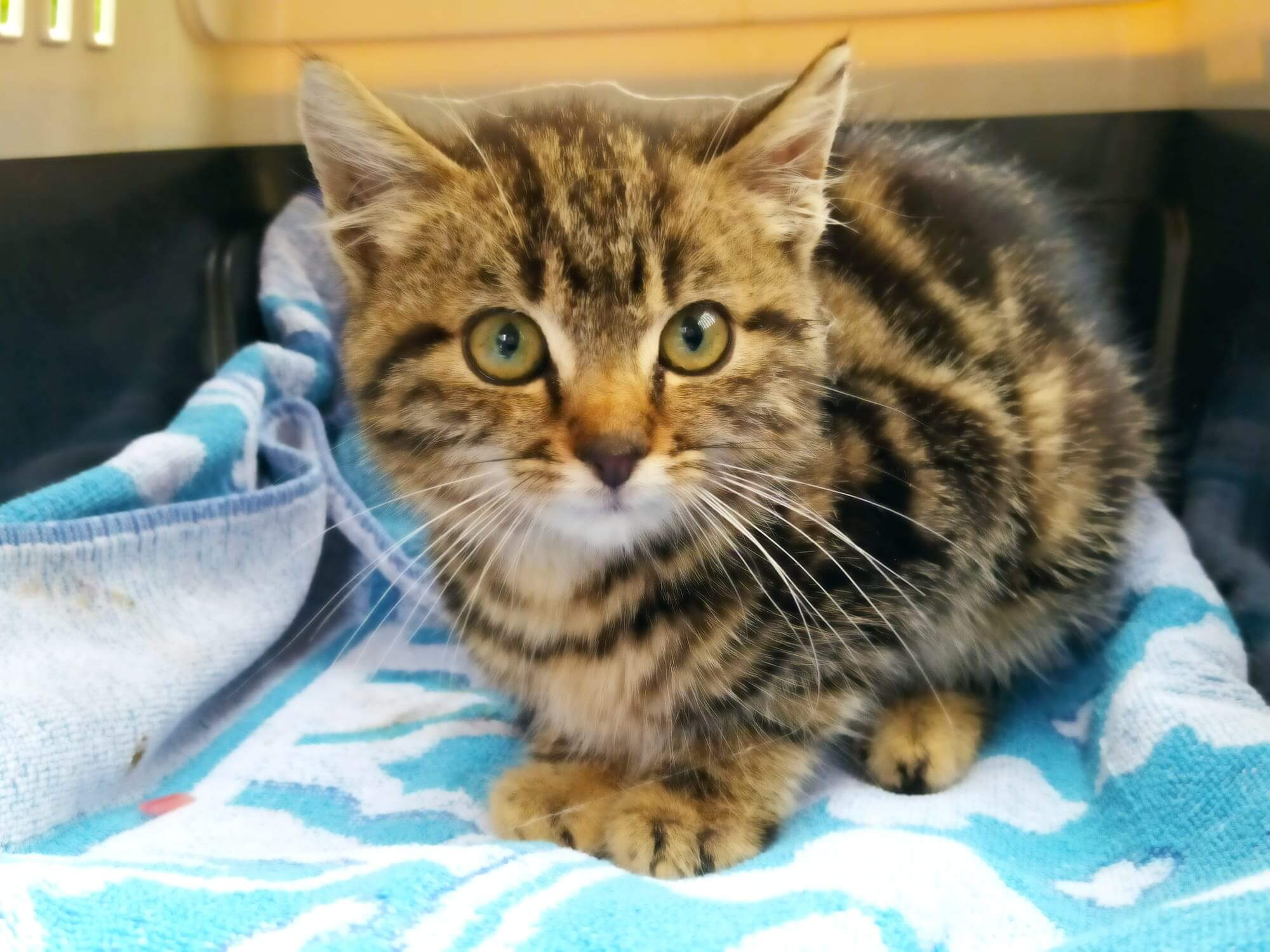
“On average, we take around 60 calls per day,” says Tatjana, as she shows Total Croatia News around their operations in Dumovec. Cats wander freely around the shelter's offices. Outside, a long line of excited dogs - temporary visitors waiting to be adopted. “Around 10 of those calls will be about wildlife. The others will be about domesticated animals and could come from members of the public, neighbours, the police or social services.”
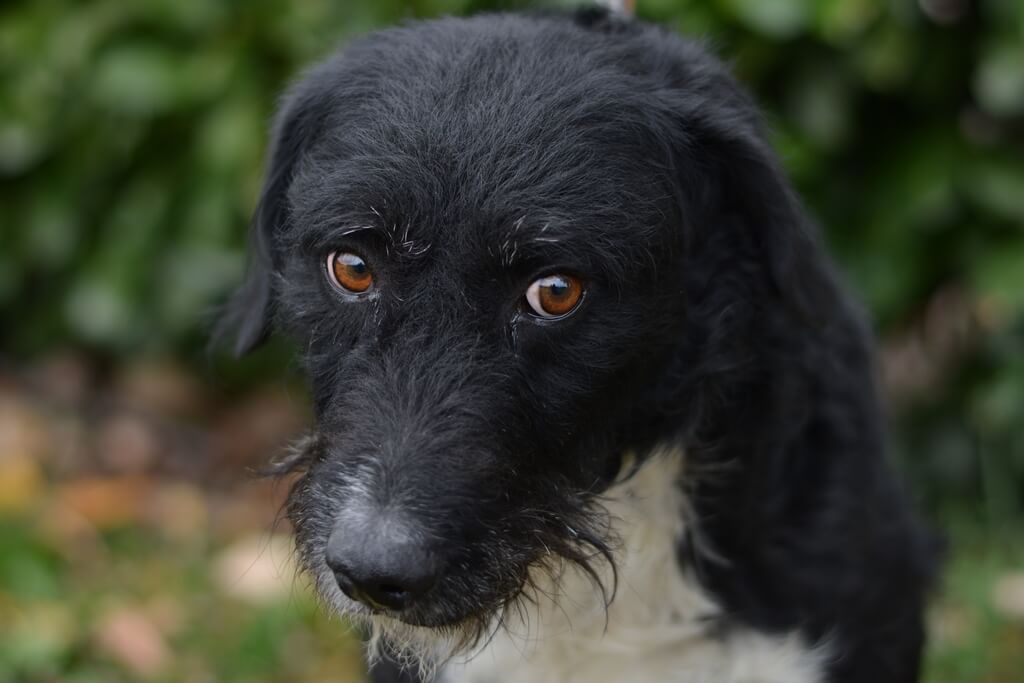
“They're not always calling about dogs and cats. We are asked to come to collect pigs, ducks, geese and chickens, even though you're not really supposed to be keeping such animals when you live within city limits. Also sheep. In fact, we had one sheep just last week. She was tied to a tree in a city park. The police called us. But, by the time we got there a guy had arrived from the local pub and claimed it as his sheep. He'd tied it up in the park while he went for a drink.”

When Azil Dumovec are contacted about an animal emergency, their phone operators must decide what to do. If the call is about a regular domesticated house pet, like a dog or a cat, the animal is brought to the centre in Dumovec, checked by their vets and given a temporary home until a new one is found. If the call is about a more exotic or wild animal, Azil Dumovec will despatch a responder to collect it and take it to the Wildlife Rehabilitation section of Zagreb Zoo. The other option is to transfer the animal to AWAP (Association for Wild Animals Protection), a charity rescue centre for confiscated and injured protected animals.

“We deal with bats, badgers, beavers, deer, snakes, you name it,” says Tatjana. “Occasionally we even see some venomous snakes like poskok (Horned viper - Vipera ammodytes). Usually, they live in the area of Medvednica. But, several times we've been called to remove them from Zagreb houses. They crawl into basements and sometimes cars to escape from bad weather.”
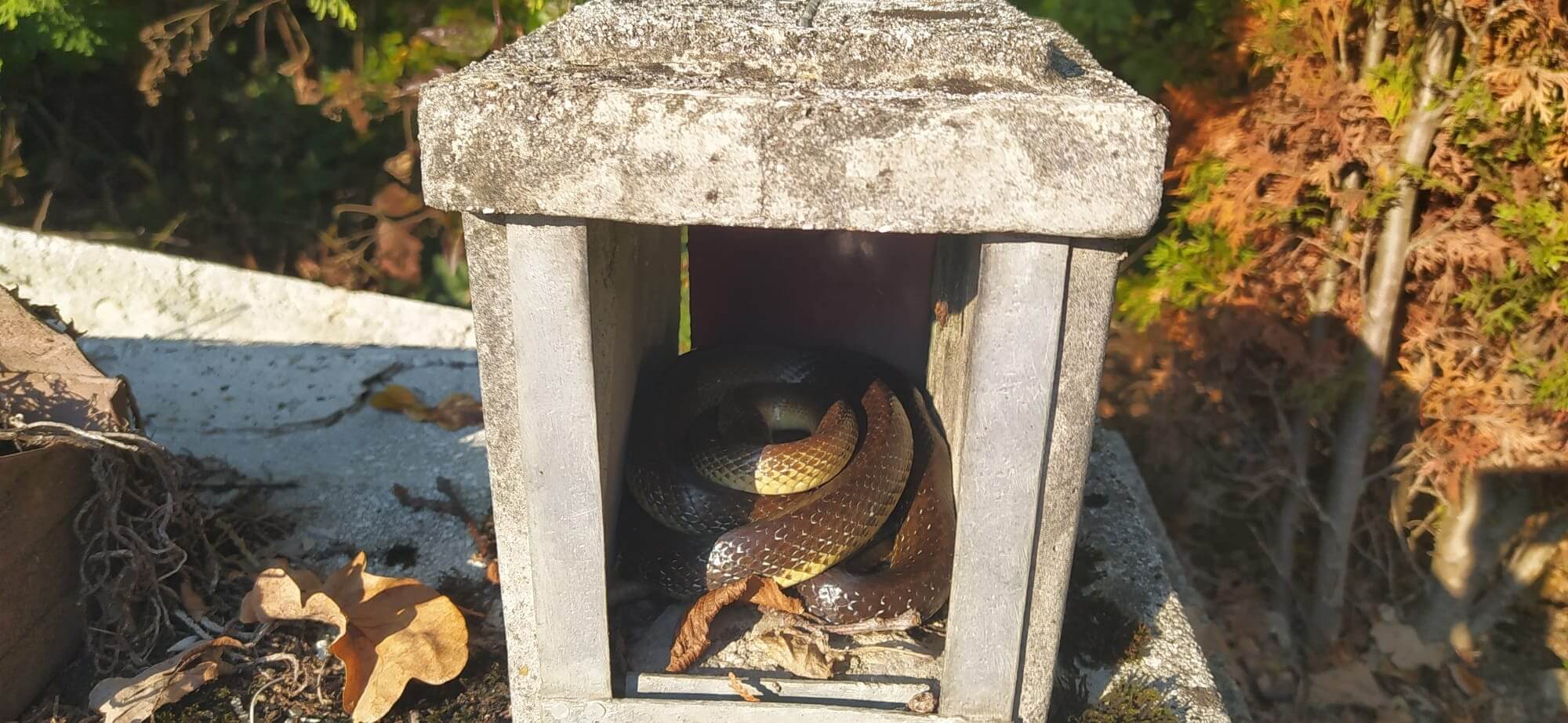
“A lot of the calls we get are because wild animals share parts of the city with people,” she says. “And, many of the people who live here just don't understand it. They don't know what to do. For instance, they might have a bird or a bat that makes a home for itself on their balcony. Or they might be startled by the sight of a family of foxes living on the embankment. We know one deer who likes to come to an area near Cibona Tower, very close to the city centre. He comes every year. I think it's maybe a student accommodation place. We always have so many calls about him.”
Sandrino, Tatjana's co-worker shakes his head. A veteran worker at the shelter, Sandrino used to work outside with the animals. Now, he answers the phone in the call centre.
“This is cleaner,” he tells TCN of his new position. “But, honestly, it's better to work outside with the dogs.”
Why?
“Different kinds of people call you,” he says. His emphasis is on the word 'different'. He's being polite.
“Well, it's a big town,” he adds, with a shrug and a smile. “One guy found an injured pigeon. We had to send it to AWAP. He asked “Can I come to visit him?”, like it is some kind of hospital with visiting times.” Sandrino laughs.
 Another owl referral to Azil Dumovec. This one, collected on 3 December, was found near Koprivnica
Another owl referral to Azil Dumovec. This one, collected on 3 December, was found near Koprivnica
Tatjana herself has also seen her role change significantly during her time here. Originally, she graduated as a veterinary doctor. But, since joining Azil Dumovec, she's become shelter manager and helped them shape Croatian law and embrace the social media revolution.
“Actually, we took some inspiration from the UK,” she recalls. “After graduation, I contacted the RSPCA and the Dog's Trust to learn how they did things. Thereafter we became a 'no kill' shelter. Our next step was to lead the call for our Animal Welfare Law in Croatia to be changed. We succeeded and after that, all Croatia's shelters became 'no kill', like us.”
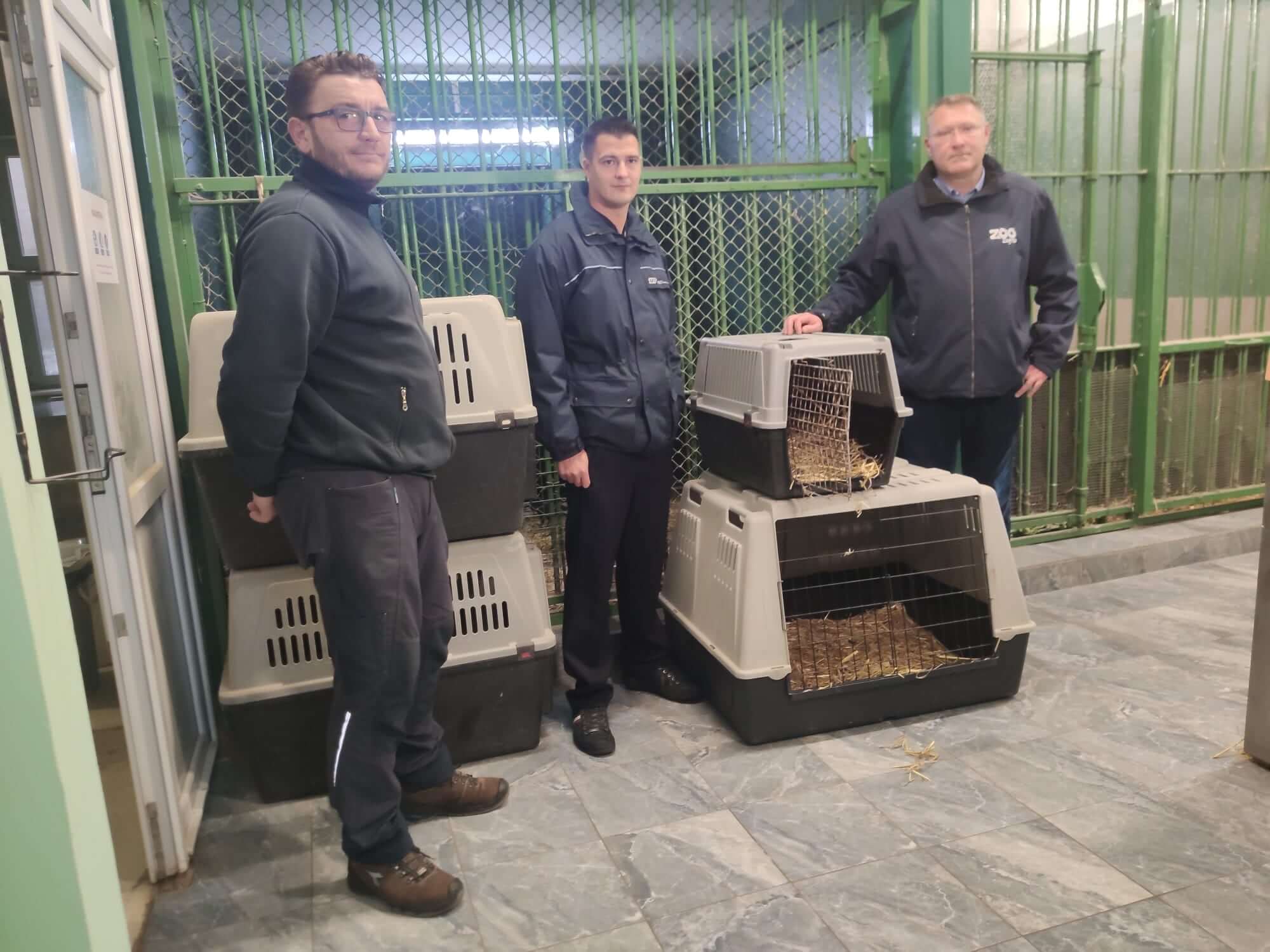 Dario Buzjak visits the owl he found at Zagreb Zoo
Dario Buzjak visits the owl he found at Zagreb Zoo
In the hours following Dario Buzjak's owl discovery, it seemed like half of Zagreb knew about his story. Photos of the owl taking a ride on Dario's Zagreb bus hit Facebook and Instagram first. The next day, TV and newspaper reporters were dispatched to Zagreb Zoo where they interviewed Dario visiting his new friend.
“Today, our social media accounts are a very important part of our communications,” says Tajana. “We dedicate quite a lot of time to them – posting photos, getting the stories and following up. But, in the end, it's totally worth it. These social media channels are the reason we have the highest rehoming rates in Croatia. We rehome over 1000 animals every year.”
 Cute photos on social media. Time-consuming but effective.
Cute photos on social media. Time-consuming but effective.
You can find out more about Azil Dumovec from their website here, their Facebook here or their Instagram here
All images courtesy Azil Dumovec
Dylan Dog in Vukovar: 35 Years of Famous Comic Series in Croatia
It’s been 35 years since Dylan Dog made his first appearance in Croatia. An exhibition dedicated to the popular comic series opens in Vukovar on December 8th, 2021
Here at TCN we’re well aware there’s plenty to see in eastern Croatia all year round. That being said, we still get an occasional surprise - it’s not every day that you see Dylan Dog and Vukovar in the same sentence.
It’s been 35 years since Dylan Dog was first introduced to Croatian readers, just one year after its first Italian edition published in 1986. It soon gained a cult following and remained massively popular in Croatia to this day.
To celebrate the 35th anniversary of the beloved comic series in these parts, an exhibition of selected illustrations and notable Croatian editions of Dylan Dog is being put up in the Vukovar Municipal Museum.
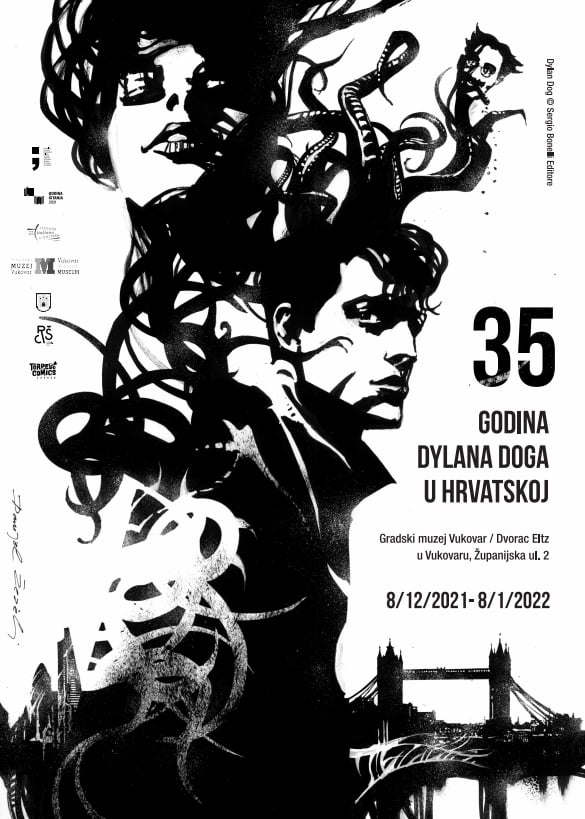
It’s worth noting that some of the works on display feature well-known landmarks from the Croatian capital, such as the Zagreb cathedral, the Cibona tower and the iconic Džamija!
The exhibition was first displayed in Zagreb earlier this year, organized by the association Crtani Romani Šou in collaboration with the Italian Institute of Culture. It’s now heading to eastern Croatia, to the beautiful Eltz Manor that houses the Vukovar Municipal Museum.
The exhibition opened today, December 8th. It will remain on display until January 8th, 2022 and can be visited free of charge.
Address: Dvorac Eltz, Županijska ulica 2, Vukovar
Working hours: Tuesday - Sunday 10am to 6pm
HRK 77m Earmarked From National Recovery Plan for Digitising Agriculture Sector
ZAGREB, 8 Dec, 2021 - The survival of Croatia's agriculture largely depends on digitisation, the key to increase productivity and the driver of the development of domestic production, for which HRK 77 million is envisaged for investments, a conference on digital farming heard on Wednesday.
Addressing the conference, Agriculture Minister Marija Vučković said that digital technology has the potential to significantly improve farming and that the digital transformation of Croatia's agriculture has been included in the National Recovery and Resilience Plan (NPOO).
A total of HRK 77 million is earmarked in the NPOO for the digitisation of the agriculture sector - for digitising public services (HRK 14 million), for smart agriculture (HRK 50 million), and for launching the field-to-table project (HRK 13 million).
Vučković pointed out the ageing structure of family farms and that it is necessary to motivate young people to take over family farms. Digitisation can also compensate for the labour shortage in certain areas, she said.
"We will have the funds, and living in rural communities, with the help of investments in the local and entrepreneurial infrastructure, will be such that there will not be any gap between the quality of life in rural or urban communities," underscored Vučković.
The state-secretary in the ministry, Zdravko Tušek, said that digitisation will contribute to producing high-quality food at competitive prices, among other things.
Efficient agriculture and its competitiveness depend on digital solutions
The transformation and survival of rural communities depend on digital solutions, which already provide support and better efficiency, Danijel Koletić of the conference's organising committee said.
Smart villages are a new concept and it is necessary to educate and inform stakeholders so Croatia's agriculture can be more competitive in the future, he added.
Unfortunately, in Croatia there is not one university that offers a course in digital agriculture, he said.
It is necessary to educate all stakeholders in rural communities to start learning about digital farming because without that Croatia's agriculture cannot be competitive, Koletić added.
For more on business, follow TCN's dedicated page.
For more about Croatia, CLICK HERE.
Sabor Endorses Year-Long Extension of Deadline for Citizenship Application
ZAGREB, 8 Dec, 2021 - The Croatian parliament on Wednesday confirmed a year-long extension of the deadline for the submission of applications for Croatian citizenship under the current law since the coronavirus pandemic has made it more difficult for everyone to apply.
Under the current law, the deadline to apply for Croatian citizenship expires on 1 January 2022, but since the pandemic has made it difficult for many to apply, the law has been amended to extend the deadline.
Under the current law, adopted in 2019, the awarding of Croatian citizenship based on nationality can also refer to persons older than 21 born abroad, on the condition that at the time of their birth at least one of their parents was a Croatian national.
The same applies to persons born between 8 January 1977 and 8 October 1991 whose parents had Croatian citizenship at the time of their birth but who have different citizenship entered in their citizenship data.
In 2020 a total of 1,923 applications for Croatian citizenship were submitted, and in the first 11 months of 2021 another 2,980 were submitted, mostly in Serbia and Bosnia and Herzegovina.
The parliament today also adopted, by a majority vote, a law on renewable energy sources and high-efficiency cogeneration to promote the use of renewable energy sources.
Under the law, Croatia will promote the use of renewables in the heating and air conditioning sector by trying to raise the share of renewable energy by 1.1 percentage points as the annual average calculated for the period until 2025.
The law sets a national goal of making renewable energy account for at least 36.6% of energy consumption in 2030.
For more on lifestyle, follow TCN's dedicated page.
For more about Croatia, CLICK HERE.


